You can go your whole life without paying any attention to the chemistry behind acids and bases. But you use acids and bases all the time! They are all around you. We identify acids and bases by measuring their pH.
Every liquid has a pH. If you pay particular attention to this lab, you will even be able to identify most acids and bases and understand why they do what they do. Acids range from very strong to very weak. The strongest acids will dissolve steel. The weakest acids are in your drink box. The strongest bases behave similarly. They can burn your skin or you can wash your hands with them.
Acid rain is one aspect of low pH that you can see every day if you look for it. This is a strange name, isn’t it? We get rained on all the time. If people were dissolving, if the rain made their skin smoke and burn, you’d think it would make headlines, wouldn’t you? The truth is acid rain is too weak to harm us except in very rare and localized conditions. But it’s hard on limestone buildings.
[am4show have=’p8;p9;p25;p52;p68;p80;’ guest_error=’Guest error message’ user_error=’User error message’ ]
Acids are liquids with a pH less than seven. A pH of seven is considered neutral. Bases are liquids with a pH greater than seven.
The combustion of fossil fuels such as oil, gasoline, and coal, create acid rain. Rain, normally at a pH of about 5.6, is always at least slightly acidic. Carbon dioxide is released into the air reacts with moisture in the air to form carbonic acid (HCO3). Sulfur dioxide and nitrogen oxides are released into the air by fossil fuel combustion. They react with the slightly acidic rain and form sulfuric acid (H2SO4) and nitric acid (HNO3).
We’re going to have fun with color changes in this experiment. We will make magic paper that changes color to tell us important things about liquids. It’s called litmus paper.
Litmus is harvested from a plant called a lichen, and bottled up as a powder. We’ll take the powder and make an acid-base indicator with it. Then we will use what we make to test solutions. And if you exercise your mind a bit, you will discover ways to use your litmus paper to discover things about the house and the world around you.
Materials:
- Test tube rack
- 2 Test tubes
- Test tube stopper
- Distilled water
- Ruler
- Litmus powder (MSDS)
- Measuring spoon
- Denatured alcohol (MSDS)
- Pipette
- Sodium carbonate (Na2CO3) (MSDS)
- Sodium hydrogen sulfate (NaHSO4) (MSDS) Sodium hydrogen sulfate is very toxic. Respect it, handle it carefully and responsibly. Do not take it for granted.
- Scissors
- Filter paper (or paper towel or coffee filter)
- Impervious surface
NOTE: Be very careful when handling the sodium hydrogen sulfate – it’s highly corrosive and dangerous when wet. Handle this chemical only with gloves, and be sure to read over the MSDS before using.
We will be using a ruler to measure the amount of water in a test tube. Ordinarily, chemists use more accurate measurement tools than a ruler. For the first part of this lab, making litmus solution, all we need is an approximate volume of water.
We will also be shaking a liquid in a test tube. Ever leave the top of a blender off when the “on” button is depressed? If not, just believe that it’s not a good idea. There is a certain technique t use when shaking up a liquid. We’ll place a stopper on a test tube and shake vigorously. Remember to do that as a chemist would do.
In a laboratory, whenever a chemist stoppers a solution and shakes it, it will be done the same way no matter if it is a toxic substance or just salt and water. That way, they are in the habit of doing it one way, the right way, so a mistake is not made at any time. A mistake at the wrong time could even be fatal.
Stopper the test tube firmly. Seat it well, but don’t grind down on the stopper. A test tube is thin-walled glassware, and as we grip harder it could collapse in our hand and now we have open cuts, blood, and toxic chemical is now entering your bloodstream. Stoppered firmly, we hold the test tube in our hand and place our thumb over the stopper for added security. To top off our safety measures, point the test tube, with a thumb firmly on top, away from us or anyone else and shake to our heart’s content.
We need to be careful with our chemicals. After using a chemical, cap the container to prevent spillage and contamination. Clean everything thoroughly after you are finished with the lab, or if you are going to reuse a tool. To dip a measuring spoon into one chemical after another, contaminates the chemicals and will affect your results.
C1000: Experiments 1-10
C3000: Experiments 5-18
Download Student Worksheet & Exercises
Clean everything thoroughly after you are finished with the lab. After cleaning with soap and water, rinse thoroughly. Chemists use the rule of “three” in cleaning glassware and tools. After washing, chemists rinse out all visible soap and then rinse three times more.
Place all chemicals, cleaned tools, and glassware in their respective storage places.
Dispose of all solid waste in the garbage. Liquids can be washed down the drain with running water. Let the water run awhile to ensure that they have been diluted and sent downstream.
You can test how acidic different substances are with an acid-base indicator like litmus paper.
Using the litmus powder in the chemistry set, we will make litmus paper. Our litmus paper is going to start out blue, and will turn red when an acid is placed on it. You can turn it back to blue by placing a few drops of a basic solution on it.
Let’s look a little further into the chemistry behind acids and bases. An acid produces hydronium ions (example: H3O+) when dissolved in water. The + or – notation on a molecule tells us that after a chemical reaction creates it, the molecule is left with a net positive (electrons have been lost) or net negative charge (electrons have been added). Now, the ion could have more than just a +1 or -1 charge. Often, we will discover molecules with positive or negative charges of 2, 3, or 4.
Every liquid has a pH, and some of them may surprise you. Fruits contain citric acid, malic acid, and ascorbic acids, and the distilled white vinegar in your kitchen is a weak form of acetic acid. You’ll find carbonic acids in sodas, and lactic acid in buttermilk. And remember that acids taste sour and bases taste bitter? Don’t taste your chemicals, but the sour taste of vinegar and lemons and the bitter taste of club soda water and baking soda are familiar to people.
Generally, acids are sour in taste, change litmus paper from blue to red, react with metals to produce a metal salt and hydrogen, react with bases to produce a salt and water, and conduct electricity. Strong acids often produce a stinging feeling on mucus membranes (don’t ever taste an acid, or any chemical for that matter!).
Acids are proton donors (they produce H+ ions). Strong acids and bases all have one thing in common: they break apart (completely dissociate) into ions when placed in water. This means that once you dunk the acid molecule in water, it splits apart and does not exist as a whole molecule in water. Strong acids form H+ and an anion, such as sulfuric acid:
H2SO4 –> H++ HSO4
There are six strong acids:
- hydrochloric acid (HCl)
- nitric acid (HNO3) used in fireworks and explosives
- sulfuric acid (H2SO4) which is the acid in your car battery
- hydrobromic acid (HBr)
- hydroiodic acid (HI)
- perchloric acid (HClO4)
The record-holder for the world’s strongest acid are the carborane superacids (over a million times stronger than concentrated sulfuric acid). Carborane acids are not highly corrosive even though are super-strong. Here’s the difference between acid strength and corrosiveness: the carborane acid is quick to donate protons, making it a super-strong acid. However, it not as reactive (negatively charged) as hydrofluoric (HF) acid, which is so corrosive that it will dissolve glass, many metals, and most plastics.
What makes the HF so corrosive is the highly reactive Fl– ion. Even though HF is super-corrosive, it’s not a strong acid because it does not completely dissociate (break apart into H+ and Fl–) in water. Do you see the difference? Weak acids only partly dissociate in water, such as acetic acid (CH3COOH).
On the other hand, bases taste bitter (again, don’t even think about putting these in your mouth!), feel slippery (don’t touch bases with your bare hands!), don’t change the color of litmus paper, but can turn red litmus back to blue, conduct electricity when in a solution, and react with acids to form salts and water. Soaps and detergents are usually bases, along with house cleaning products like ammonia.
Bases are also electron pair donors (they produce OH– ions). Strong bases also completely dissociate into the OH– (hydroxide ion) and a cation. LiOH (lithium hydroxide), NaOH (sodium hydroxide), KOH (potassium hydroxide), RbOH (rubidium hydroxide), CsOH (cesium hydroxide), Ca(OH)2 (calcium hydroxide), Sr(OH)2 (strontium hydroxide), and Ba(OH)2 (barium hydroxide). Weak bases only partly dissociate in water, such as ammonia (NH3)
pH stands for “power of hydrogen” and is a measure of how acidic a substance is. We can make homemade indicators to test how acidic (or basic) something is by squeezing out a special kind of juice (dye) called anthocyanin. Certain flowers have anthocyanin in their petals, which can change color depending on how acidic the soil is (hibiscus, hydrangeas, and marigolds for example). The more acidic a substance, the more red the indicator will become.
Going Further
Experiment: What household items are acidic or basic? Test various liquids to see. You may be surprised. Liquids you should be sure to test are vinegar, lemon or orange juice, baking soda, and cola. Use a dropper to place drops onto the paper instead of dunking the strip into your entire carton of orange juice. Litmus flavored orange juice is not my first choice in the morning.
Experiment: Collect soil samples from various places. Not the types of plants growing in the immediate area you are sampling from. Place about an inch of dirt in the bottom of a test tube. Fill the test tube near the top with water. Use distilled water if you have it for more accuracy. Stopper the tube and shake vigorously. Use your pipette to place drops of the water on your litmus paper and see if the soil is acidic or basic. Is there a correlation between the acidity of the soil and the plants that grow there?
Note: Litmus paper will not be able to indicate how acidic the rain in your area is, because the acid content in the water droplet is not high enough to register on the indicator. The effects of acid rain take time to develop and require more sensitive equipment to detect. [/am4show]


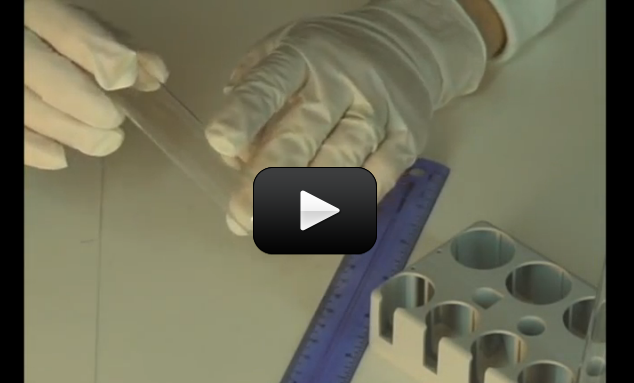

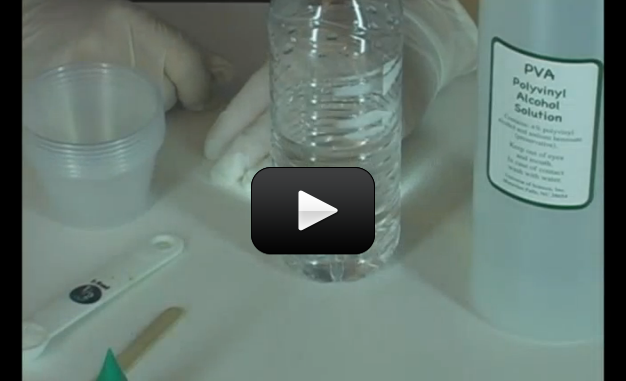
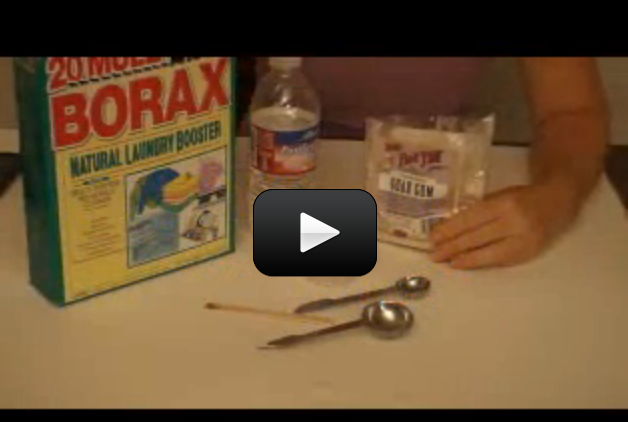
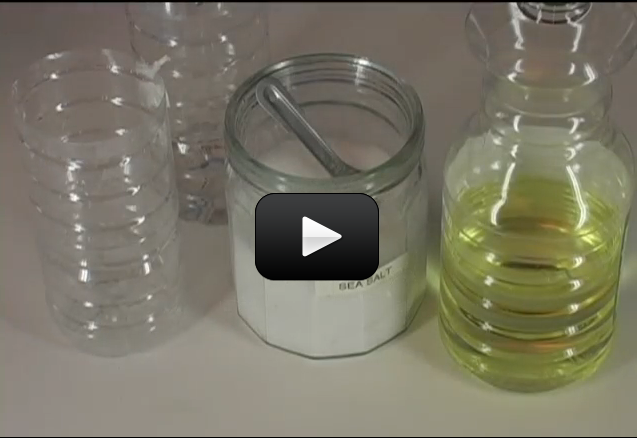
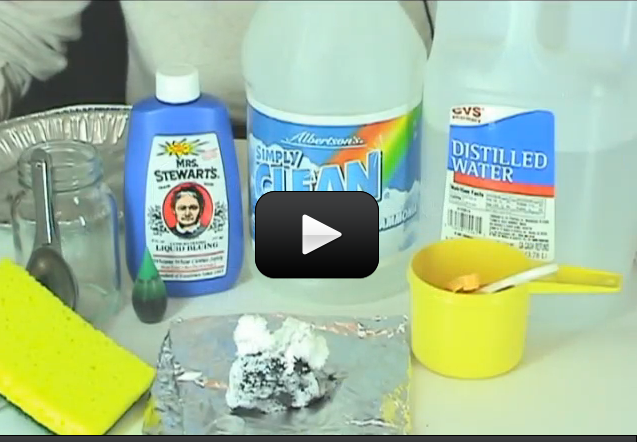
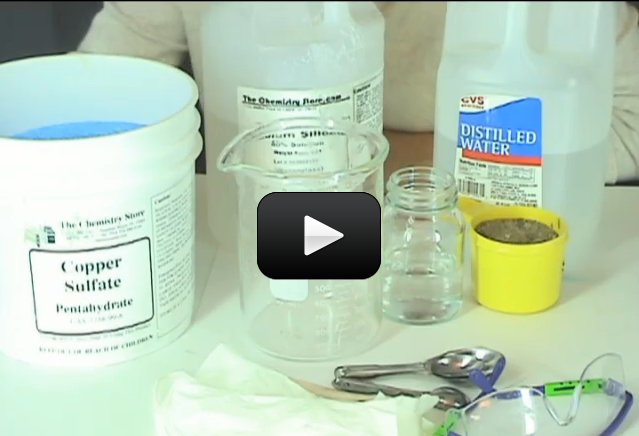

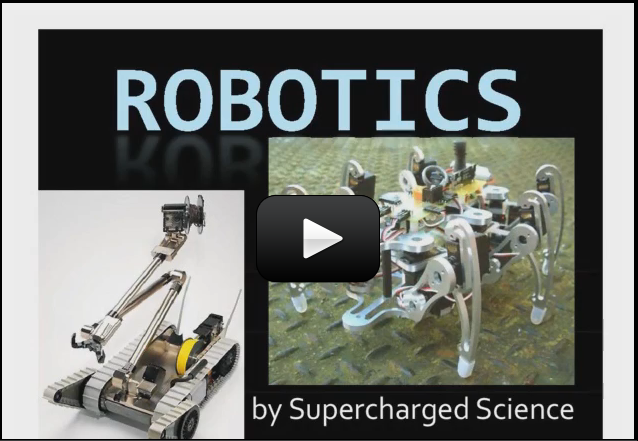
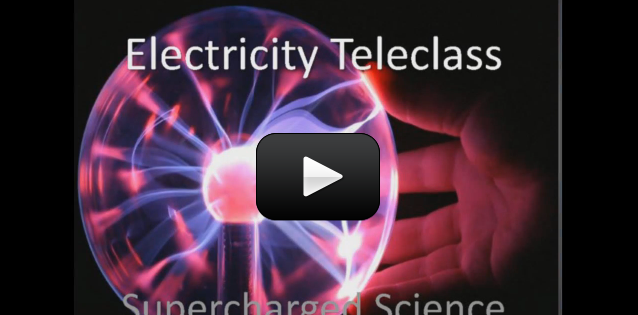




 The solar system is the place that is affected by the gravity our sun. Our solar system includes rocky terrestrial planets (Mercury, Venus, Earth, and Mars), gas giants (Jupiter and Saturn), ice giants (Uranus and Neptune), and assorted chunks of ice and dust that make up various comets and asteroids. The eight planets follow a near-circular orbit around the sun, and many have moons.
Two planets (Ceres and Pluto) have been reclassified after astronomers found out more information about their neighbors. Ceres is now an asteroid in the Asteroid Belt between Mars and Jupiter. Beyond Neptune, the Kuiper Belt holds the chunks of ice and dust, like comets and asteroids as well as larger objects like dwarf planets Eris and Pluto.
Beyond the Kuiper belt is an area called the Oort Cloud, which holds an estimated 1 trillion comets. The Oort Cloud is so far away that it's only loosely held in orbit by our sun, and constantly being pulled gravitationally by passing stars and the Milky Way itself. The
The solar system is the place that is affected by the gravity our sun. Our solar system includes rocky terrestrial planets (Mercury, Venus, Earth, and Mars), gas giants (Jupiter and Saturn), ice giants (Uranus and Neptune), and assorted chunks of ice and dust that make up various comets and asteroids. The eight planets follow a near-circular orbit around the sun, and many have moons.
Two planets (Ceres and Pluto) have been reclassified after astronomers found out more information about their neighbors. Ceres is now an asteroid in the Asteroid Belt between Mars and Jupiter. Beyond Neptune, the Kuiper Belt holds the chunks of ice and dust, like comets and asteroids as well as larger objects like dwarf planets Eris and Pluto.
Beyond the Kuiper belt is an area called the Oort Cloud, which holds an estimated 1 trillion comets. The Oort Cloud is so far away that it's only loosely held in orbit by our sun, and constantly being pulled gravitationally by passing stars and the Milky Way itself. The  The nuclear reactions deep in the core transforms 600 million tons per second of hydrogen into helium. This gives off huge amounts of energy which gradually works its way from the 15 million-degree Celsius temperature core to the 15,000 degree Celsius surface.
Active galaxies have very unusual behavior. There are several different types of active galaxies, including radio galaxies (edge-on view of galaxies emitting jets), quasars (3/4 view of the galaxy emitting jets), blazars (aligned so we're looking straight down into the black hole jet), and others. Our own galaxy, the Milky Way, has a super-massive black hole at its center, which is currently quiet and dormant.
Dying stars blow off shells of heated gas that glow in beautiful patterns. William Hershel (1795) coined the term ‘planetary nebula' because the ones he looked at through 18th century telescopes looked like planets. They actually have nothing to do with planets – they are shells of dust feathering away.
When a star uses up its fuel, the way it dies depends on how massive it was to begin with. Smaller stars simply fizzle out into white dwarfs, while larger stars can go supernova. A recent supernova explosion was SN 1987. The light from Supernova 1987A reached the Earth on February 23, 1987 and was close enough to see with a naked eye from the Southern Hemisphere.
The nuclear reactions deep in the core transforms 600 million tons per second of hydrogen into helium. This gives off huge amounts of energy which gradually works its way from the 15 million-degree Celsius temperature core to the 15,000 degree Celsius surface.
Active galaxies have very unusual behavior. There are several different types of active galaxies, including radio galaxies (edge-on view of galaxies emitting jets), quasars (3/4 view of the galaxy emitting jets), blazars (aligned so we're looking straight down into the black hole jet), and others. Our own galaxy, the Milky Way, has a super-massive black hole at its center, which is currently quiet and dormant.
Dying stars blow off shells of heated gas that glow in beautiful patterns. William Hershel (1795) coined the term ‘planetary nebula' because the ones he looked at through 18th century telescopes looked like planets. They actually have nothing to do with planets – they are shells of dust feathering away.
When a star uses up its fuel, the way it dies depends on how massive it was to begin with. Smaller stars simply fizzle out into white dwarfs, while larger stars can go supernova. A recent supernova explosion was SN 1987. The light from Supernova 1987A reached the Earth on February 23, 1987 and was close enough to see with a naked eye from the Southern Hemisphere.




 Summer is the perfect season to bring in new learning activities into the lives of your homeschooled children. You are not as focused on classroom activities, formal lessons are on a break, and its time to have some fun. Make that fun instructive and you have a set of learning activities that you can do in the summer holidays.
Summer is the perfect season to bring in new learning activities into the lives of your homeschooled children. You are not as focused on classroom activities, formal lessons are on a break, and its time to have some fun. Make that fun instructive and you have a set of learning activities that you can do in the summer holidays. There are more children being homeschooled today than ever before. The statistical data seems to suggest that most parents tend to prefer homeschooling their children rather than sending them to a regular school to attend regular classes. What is the reason for this drastic shift in the way education is imparted?
There are more children being homeschooled today than ever before. The statistical data seems to suggest that most parents tend to prefer homeschooling their children rather than sending them to a regular school to attend regular classes. What is the reason for this drastic shift in the way education is imparted?

















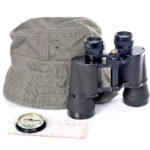
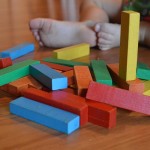

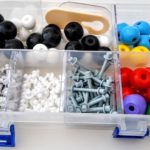
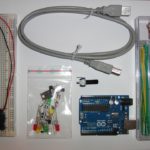


 Recording the progress of your homeschooled child is an important part that many first time homeschooling parents do not pay much attention to. However if at a later date your child wishes to study in a regular school or college a yearly record of the child’s learning activities will be needed for the teachers to assess the child’s level of preparedness. Here is how you can make a homeschool progress portfolio for the academic year for your child.
Recording the progress of your homeschooled child is an important part that many first time homeschooling parents do not pay much attention to. However if at a later date your child wishes to study in a regular school or college a yearly record of the child’s learning activities will be needed for the teachers to assess the child’s level of preparedness. Here is how you can make a homeschool progress portfolio for the academic year for your child.

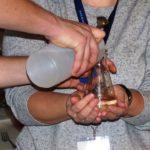


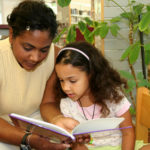 If you are planning on considering home schooling for your child, it would be well worth answering these questions honestly. It will give you an idea about just how suited you are to become a homeschool teacher.
If you are planning on considering home schooling for your child, it would be well worth answering these questions honestly. It will give you an idea about just how suited you are to become a homeschool teacher.
 If you are planning to homeschool your children here is a set of skills that you should develop. They will help ensure that things run smooth in your home school classes.
If you are planning to homeschool your children here is a set of skills that you should develop. They will help ensure that things run smooth in your home school classes.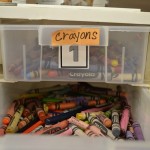

 To be able to develop a scientific understanding of common place events around us it is essential that children understand the basic concepts behind them. In order to do so they need to be taught a few fundamental basics across a multitude of scientific topics. Don’t worry about some topics or concepts being out of their grasp, once you begin teaching them, it will amaze you how quickly they pick up complex concepts. It all comes down to what you share with them and how you do it. Here are a few simple topics that you can begin with.
To be able to develop a scientific understanding of common place events around us it is essential that children understand the basic concepts behind them. In order to do so they need to be taught a few fundamental basics across a multitude of scientific topics. Don’t worry about some topics or concepts being out of their grasp, once you begin teaching them, it will amaze you how quickly they pick up complex concepts. It all comes down to what you share with them and how you do it. Here are a few simple topics that you can begin with.


 The popularity of homeschooling has never been higher. More parents are choosing to home school their children than ever before and this has also led to certain styles and models or homeschooling. One term which recently came to my notice was “Eclectic Homeschooling”. Here is what this new term is all about.
The popularity of homeschooling has never been higher. More parents are choosing to home school their children than ever before and this has also led to certain styles and models or homeschooling. One term which recently came to my notice was “Eclectic Homeschooling”. Here is what this new term is all about.
 Just being a homeschooler does not mean that your system of studies is the same as any other homeschooling family’s. Besides the traditional homeschooling technique which is modeled on regular school there are a multiple number of choices in techniques and methods available to homeschooling parents today. Some of these are briefly discussed here.
Just being a homeschooler does not mean that your system of studies is the same as any other homeschooling family’s. Besides the traditional homeschooling technique which is modeled on regular school there are a multiple number of choices in techniques and methods available to homeschooling parents today. Some of these are briefly discussed here. Homeschooling parents have a multitude of methods of teaching available to them today. Besides the Charlotte Mason Method, Montessori Method, and Unit Studies that were mentioned in the last blog post there are other techniques that are used by homeschooling families. Here we discuss a few more techniques that can be used by homeschooling parents.
Homeschooling parents have a multitude of methods of teaching available to them today. Besides the Charlotte Mason Method, Montessori Method, and Unit Studies that were mentioned in the last blog post there are other techniques that are used by homeschooling families. Here we discuss a few more techniques that can be used by homeschooling parents. We have seen that a number of methods to teach homeschooling students exist. So what works best to teach science to homeschool students? There is no one size fits all solution to teaching science. The personality of your child will determine which method is likely to be more successful than the other. At the same time your guidance as a parent is important to introduce the child to the world of science in a systematic and easy to figure out manner. Here are a few tips and tricks that you can use while teaching science to your children.
We have seen that a number of methods to teach homeschooling students exist. So what works best to teach science to homeschool students? There is no one size fits all solution to teaching science. The personality of your child will determine which method is likely to be more successful than the other. At the same time your guidance as a parent is important to introduce the child to the world of science in a systematic and easy to figure out manner. Here are a few tips and tricks that you can use while teaching science to your children.







 There is an abundance of homeschooling material available in the market and online today. Parents can pick up books, workbooks, and practice sheets from a variety of different vendors. In fact on some homeschooling forums you can even download material that other parents are sharing for free. The question that now arises is, where should you buy your homeschool materials from? The answer depends on what you are looking for in particular.
There is an abundance of homeschooling material available in the market and online today. Parents can pick up books, workbooks, and practice sheets from a variety of different vendors. In fact on some homeschooling forums you can even download material that other parents are sharing for free. The question that now arises is, where should you buy your homeschool materials from? The answer depends on what you are looking for in particular.



 Homeschooling your children can be a rather solitary activity for the most with you being the only adult involved in your children’s schooling. Sometimes it helps to know that you are not alone. That is why it is interesting to read about the experiences of other homeschooling mothers through their blogs. And once in a while you may hit a resource that they are sharing which you may have use for. Given here are three websites that may help to offer you a different view on homeschooling than your own.
Homeschooling your children can be a rather solitary activity for the most with you being the only adult involved in your children’s schooling. Sometimes it helps to know that you are not alone. That is why it is interesting to read about the experiences of other homeschooling mothers through their blogs. And once in a while you may hit a resource that they are sharing which you may have use for. Given here are three websites that may help to offer you a different view on homeschooling than your own.
 There are a lot of reasons people will give you for homeschooling their children and while these may be good and valid reasons, they may not be the only advantages to homeschooling. Here are some advantages of homeschooling your children that other people do not realize. While they may not be evident easily, they do make a major difference in the long run.
There are a lot of reasons people will give you for homeschooling their children and while these may be good and valid reasons, they may not be the only advantages to homeschooling. Here are some advantages of homeschooling your children that other people do not realize. While they may not be evident easily, they do make a major difference in the long run. Dealing with challenges is part and parcel of homeschooling your children. Here are a few common problems that you may face and suggestions on overcoming them.
Dealing with challenges is part and parcel of homeschooling your children. Here are a few common problems that you may face and suggestions on overcoming them. As per legal state requirements you have to grade your child’s test papers when you home school them. This allows the state representative to gain an insight into how the child is progressing in his lessons. Don’t let the thought intimidate you. Take a look at how you can grade the test papers and what a typical grade scale should look like.
As per legal state requirements you have to grade your child’s test papers when you home school them. This allows the state representative to gain an insight into how the child is progressing in his lessons. Don’t let the thought intimidate you. Take a look at how you can grade the test papers and what a typical grade scale should look like.
 Teaching works better with visuals. That is why the classroom has a board for the teacher to write down salient points and may be make a diagram or two to explain the facts better. This is why seeing a video is more likely to help you remember concepts. Today there are any number of videos floating on a number of websites online. The trick is finding ones which are actually useful, entertaining and educative all at the same time.
Teaching works better with visuals. That is why the classroom has a board for the teacher to write down salient points and may be make a diagram or two to explain the facts better. This is why seeing a video is more likely to help you remember concepts. Today there are any number of videos floating on a number of websites online. The trick is finding ones which are actually useful, entertaining and educative all at the same time. We all want the best for our children and usually take an active part in making that happen. However there is something like over achieving the goal here where the homeschooling parent tends to go overboard. Are you an overbearing parent who does too much for their kids? Does that make them resent you and unwilling to do what you say? Here are some signs you need to watch out for.
We all want the best for our children and usually take an active part in making that happen. However there is something like over achieving the goal here where the homeschooling parent tends to go overboard. Are you an overbearing parent who does too much for their kids? Does that make them resent you and unwilling to do what you say? Here are some signs you need to watch out for. There are a number of websites dealing with scientific experiments and theory available on the internet. Not all of them are reliable and it’s important to peak your student’s interest with the right website. Here are some science websites that you can encourage your home school students to explore on their own and as part of science lessons in the classroom.
There are a number of websites dealing with scientific experiments and theory available on the internet. Not all of them are reliable and it’s important to peak your student’s interest with the right website. Here are some science websites that you can encourage your home school students to explore on their own and as part of science lessons in the classroom.